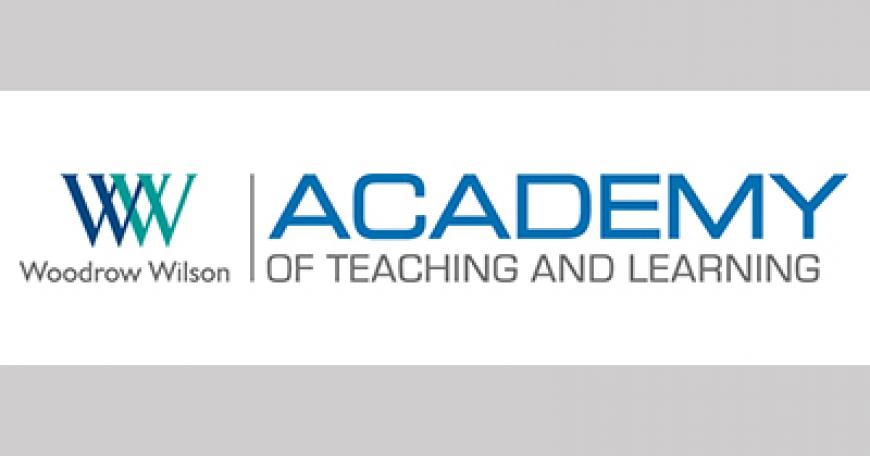
Four Things You Missed... if You Missed the CRX Presentation on WW Academy
The MIT community received its first face-to-face introduction to the newly formed Woodrow Wilson Academy of Teaching and Learning on Oct 9 at an event organized by the Charles River X Colloquium.
The Woodrow Wilson Academy (WW Academy), headed by Deborah Hirsch, with curricular and discipline-specific support from John Haber and Eliza Strang, aims to matriculate its first class in Fall 2017. In partnership with MIT, the WW Academy will be both a graduate school and a laboratory.
Four things you should know about the program:
- Demonstration program. Intended to not compete with other area education schools, the Academy will instead be demonstration program, with an initial class of approximately 25 full-time students.
- Competencies. A key element of the Academy’s curricular philosophy will be the concept of mastery-based competencies. No longer tethered to the paradigm of seat-per-hour credentials, the program's modular and blended curriculum will be tailored to the individual needs of each student. The overarching goal will be to educate teachers and school leaders with the skills and knowledge necessary for successful 21st century STEM education. To accomplish this goal, WW Academy’s teacher training program will engage with public school districts in the local Boston area.
- Laboratory. The WW Academy will serve as a laboratory for educational excellence grounded in cognitive science, and will freely publish its research findings. Thus, the WW Academy can serve as a national and global resource for teachers and education policy makers.
- Philanthropy. The Academy will draw on the support of major grants from Amgen, Bill & Melinda Gates, Carnegie Corp, and Simons foundations to fully fund the first class, and control costs for subsequent classes.
To learn more, visit woodrowacademy.org

